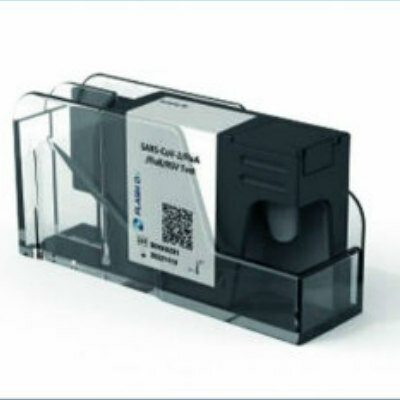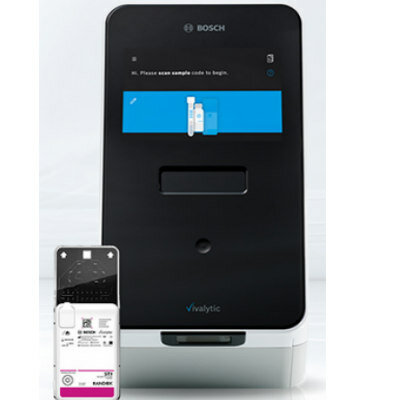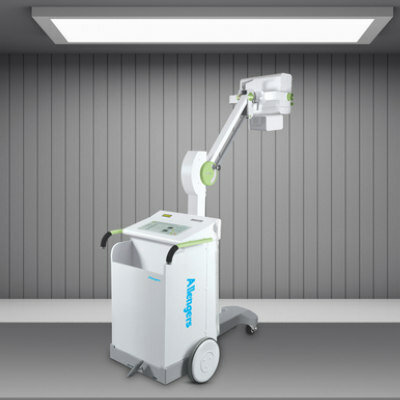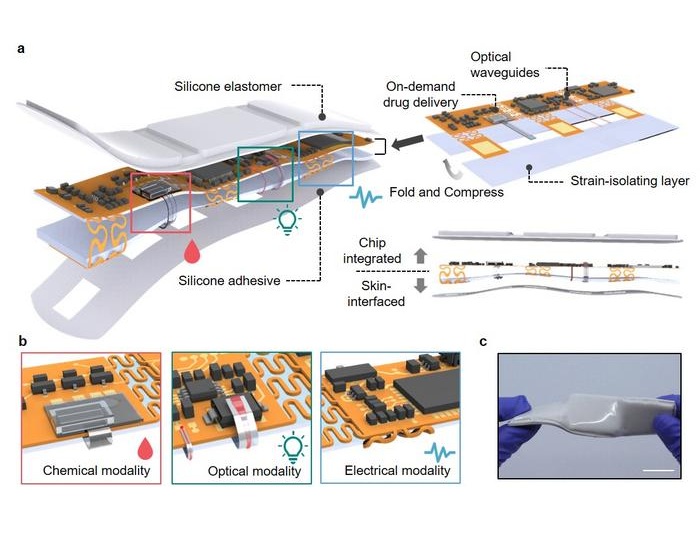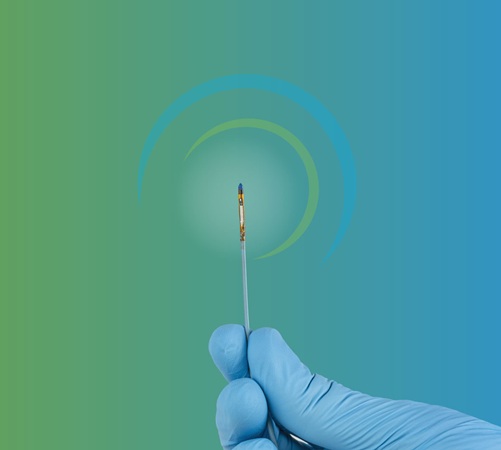Handheld Device Could Transform Heart Disease Screening
|
By HospiMedica International staff writers Posted on 09 Apr 2025 |
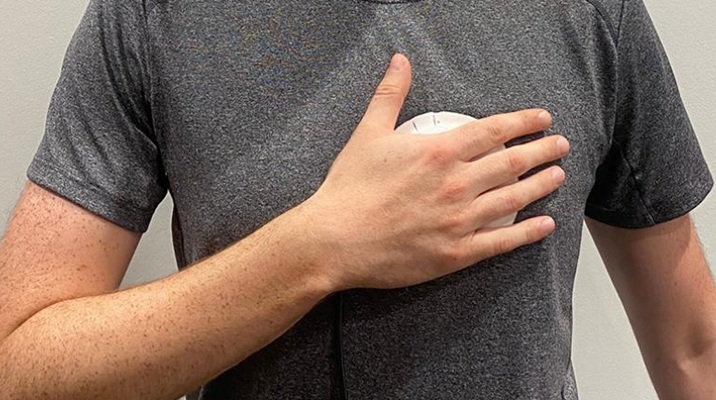
Heart valve disease (VHD), also known as valvular heart disease, has been described as the “next cardiac epidemic” due to its prognosis being worse than many cancers. Approximately 50% of patients with significant VHD remain undiagnosed, and many only seek medical attention when the disease has progressed to advanced stages, causing severe complications. Early detection of heart valve disease is crucial, as it can improve patient outcomes and reduce healthcare costs. Traditionally, heart valve disease is diagnosed through auscultation, which involves listening to heart sounds with a stethoscope. However, only 38% of patients presenting symptoms of valve disease receive this examination because the symptoms can be easily mistaken for other respiratory conditions. Not only is stethoscope-based diagnosis less accurate, but the examination process also requires patients to partially undress, which can be time-consuming and uncomfortable, especially for women in routine screening settings. While an echocardiogram is considered the “gold standard” for diagnosing heart valve disease, it requires hospital visits, and long waiting times for appointments that can delay diagnosis.
A team of researchers from the University of Cambridge (Cambridge, UK) has now developed a portable device that could potentially replace traditional stethoscopes for detecting certain heart diseases. This new device allows both medical professionals and non-medical individuals to accurately record heart sounds with ease. Unlike conventional stethoscopes, the device’s larger and more flexible sensing area captures clearer heart sounds, even if it’s not precisely placed on the chest. Additionally, the device can be used over clothing, making it more comfortable for patients, particularly women, during routine screenings or community-based health programs. Its design includes materials capable of transmitting vibrations, enabling it to be used non-invasively over clothes while maintaining patient privacy, which is especially important in community health screenings.
The Cambridge-developed device uses six sensors, compared to the single sensor found in regular stethoscopes. This increased surface area makes it easier for healthcare providers or even non-professionals to obtain an accurate reading. Between the sensors, there is a gel that absorbs vibrations, preventing interference between them. The heart sounds captured by the device can be saved and analyzed to detect potential heart valve disease. The researchers tested the device on healthy participants with various body types and recorded their heart sounds. The results of these tests are published in the IEEE Journal of Biomedical and Health Informatics.
The next phase of testing will involve evaluating the device in clinical settings with a diverse range of patients and comparing the results to those obtained through echocardiograms. Alongside the development of the device, the researchers have created a machine learning algorithm that analyzes the recorded heart sounds to automatically detect signs of valve disease. Preliminary tests suggest that the algorithm outperforms general practitioners (GPs) in identifying heart valve disease. The team believes the device could serve as a valuable tool for triaging patients awaiting an echocardiogram, allowing those showing signs of valve disease to receive quicker hospital referrals and treatment.
“To help get waiting lists down, and to make sure we’re diagnosing heart valve disease early enough that simple interventions can improve quality of life, we wanted to develop an alternative to a stethoscope that is easy to use as a screening tool,” said Professor Anurag Agarwal from Cambridge’s Department of Engineering, who led the research.
Latest Critical Care News
- AI Interpretability Tool for Photographed ECG Images Offers Pixel-Level Precision
- AI-ECG Tools Can Identify Heart Muscle Weakness in Women Before Pregnancy
- AI Model Analyzes Patient Data to Diagnose Multiple Sclerosis With 90% Accuracy
- Magnetically Navigable Microparticles Enable Targeted Drug Delivery
- AI-Powered Algorithm Automates Analysis of Coronary Stents After Implantation
- New Stroke Risk Scoring System to Help Avoid Unnecessary Surgeries
- Wearable Device Tracks Individual Cells in Bloodstream in Real Time
- Drug Delivery System Uses Ultrasound-Activated Nanoparticles to Destroy Bacterial Biofilms
- New Potent Injectable Therapy Could Prevent Heart Failure After Heart Attack
- Hospital-Based System Combines AI and Genomic Surveillance to Quickly Detect Infectious Disease Outbreaks
- New Approach to Visualizing Blood Pressure Data Can Help Better Manage Hypertension Patients
- Breakthrough AI Technology Accurately Assesses Heart Failure Severity
- Smart Bandage Monitors Chronic Wounds in Human Patients
- AI Identifies Patients with Increased Lung Cancer Risk Up To 4 Months Earlier
- Next Gen Hemodynamic Monitoring Solution Provides AI-Driven Clinical Decision Support
- AI Algorithm Identifies High-Risk Heart Patients
Channels
Surgical Techniques
view channel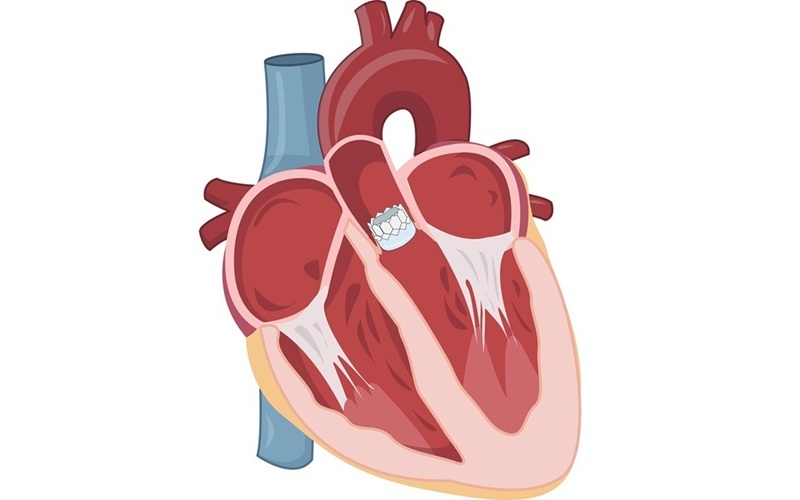
Early TAVR Intervention Reduces Cardiovascular Events in Asymptomatic Aortic Stenosis Patients
Each year, approximately 300,000 Americans are diagnosed with aortic stenosis (AS), a serious condition that results from the narrowing or blockage of the aortic valve in the heart. Two common treatments... Read more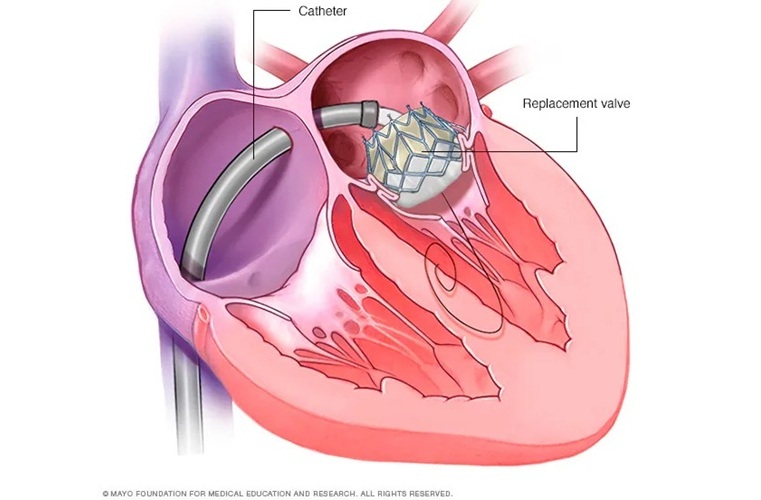
New Procedure Found Safe and Effective for Patients Undergoing Transcatheter Mitral Valve Replacement
In the United States, approximately four million people suffer from mitral valve regurgitation, the most common type of heart valve disease. As an alternative to open-heart surgery, transcatheter mitral... Read more
No-Touch Vein Harvesting Reduces Graft Failure Risk for Heart Bypass Patients
A coronary artery bypass graft (CABG) is a surgical procedure used to enhance blood flow and oxygen supply to the heart in individuals with coronary heart disease. During the procedure, a healthy blood... Read more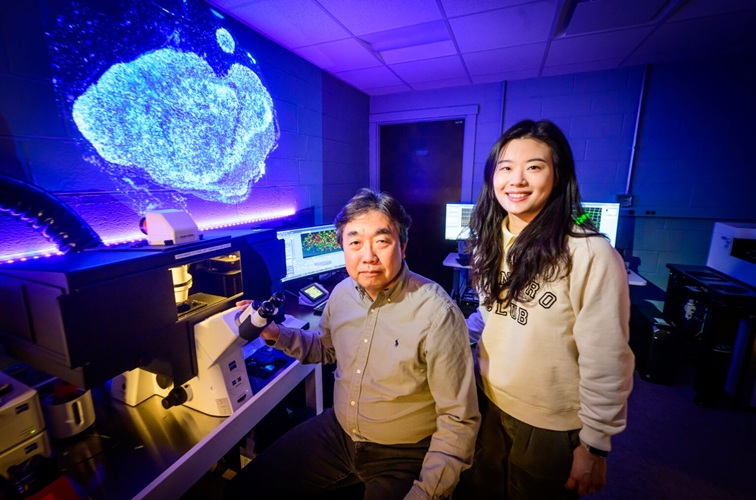
DNA Origami Improves Imaging of Dense Pancreatic Tissue for Cancer Detection and Treatment
One of the challenges of fighting pancreatic cancer is finding ways to penetrate the organ’s dense tissue to define the margins between malignant and normal tissue. Now, a new study uses DNA origami structures... Read morePatient Care
view channel
Portable Biosensor Platform to Reduce Hospital-Acquired Infections
Approximately 4 million patients in the European Union acquire healthcare-associated infections (HAIs) or nosocomial infections each year, with around 37,000 deaths directly resulting from these infections,... Read moreFirst-Of-Its-Kind Portable Germicidal Light Technology Disinfects High-Touch Clinical Surfaces in Seconds
Reducing healthcare-acquired infections (HAIs) remains a pressing issue within global healthcare systems. In the United States alone, 1.7 million patients contract HAIs annually, leading to approximately... Read more
Surgical Capacity Optimization Solution Helps Hospitals Boost OR Utilization
An innovative solution has the capability to transform surgical capacity utilization by targeting the root cause of surgical block time inefficiencies. Fujitsu Limited’s (Tokyo, Japan) Surgical Capacity... Read more
Game-Changing Innovation in Surgical Instrument Sterilization Significantly Improves OR Throughput
A groundbreaking innovation enables hospitals to significantly improve instrument processing time and throughput in operating rooms (ORs) and sterile processing departments. Turbett Surgical, Inc.... Read moreHealth IT
view channel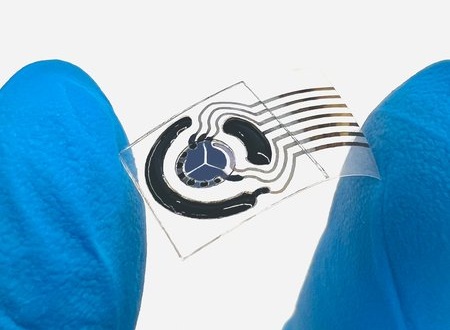
Printable Molecule-Selective Nanoparticles Enable Mass Production of Wearable Biosensors
The future of medicine is likely to focus on the personalization of healthcare—understanding exactly what an individual requires and delivering the appropriate combination of nutrients, metabolites, and... Read more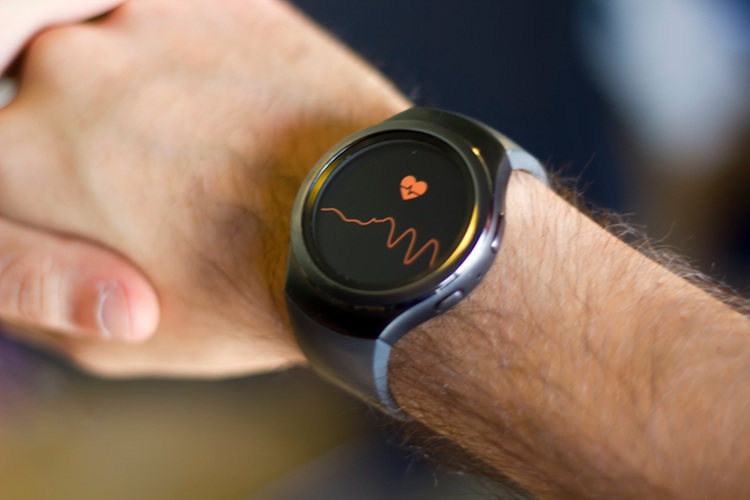
Smartwatches Could Detect Congestive Heart Failure
Diagnosing congestive heart failure (CHF) typically requires expensive and time-consuming imaging techniques like echocardiography, also known as cardiac ultrasound. Previously, detecting CHF by analyzing... Read moreBusiness
view channel
Expanded Collaboration to Transform OR Technology Through AI and Automation
The expansion of an existing collaboration between three leading companies aims to develop artificial intelligence (AI)-driven solutions for smart operating rooms with sophisticated monitoring and automation.... Read more




